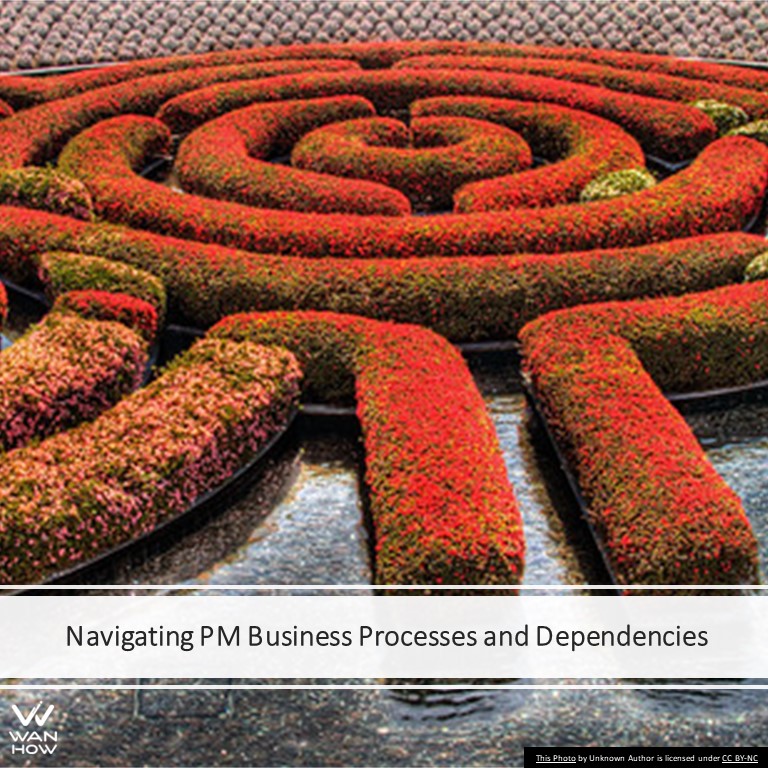A Junior Project Manager’s Guide to Success

Entering a new organization as a junior project manager can feel like stepping into a labyrinth of unknowns. One of the most daunting challenges? Understanding the intricate web of business processes and dependencies that underpin every project. Yet, mastering this complexity is crucial for effective project management. In this guide, we’ll explore step-by-step strategies to unravel business processes and dependencies, empowering junior project managers to navigate their new roles with confidence and drive project success.
Step 1: Dive into Documentation
Begin your journey by immersing yourself in the wealth of documentation available within the organization. This may include project charters, process maps, standard operating procedures (SOPs), and any existing project documentation. Take the time to meticulously review these materials, noting key processes, stakeholders, and dependencies outlined within them. This initial dive sets the foundation for deeper exploration.
Step 2: Leverage Subject Matter Experts (SMEs)
Identify and engage with subject matter experts across various departments within the organization. These individuals possess invaluable insights into the nuances of different business processes and can provide firsthand knowledge of dependencies that may not be readily apparent from documentation alone. Schedule informational interviews or shadowing sessions with SMEs to gain a deeper understanding of their roles, responsibilities, and contributions to project outcomes.
Step 3: Map Out Processes and Dependencies
Armed with knowledge from documentation and interactions with SMEs, it’s time to map out the interconnected web of business processes and dependencies. Utilize visual aids such as process flowcharts, dependency matrices, or mind maps to capture these relationships in a clear and organized manner. This exercise not only enhances your understanding but also serves as a valuable reference tool for future project planning and decision-making.
Step 4: Ask Questions and Seek Clarification
Don’t hesitate to ask questions and seek clarification whenever uncertainties arise. Cultivate an environment of open communication where colleagues feel comfortable sharing insights and addressing queries. Whether it’s during team meetings, one-on-one discussions, or virtual collaboration platforms, actively engage with stakeholders to fill any gaps in your understanding of business processes and dependencies.
Step 5: Collaborate Across Departments
Effective project management transcends departmental silos. Foster collaboration across different teams and departments to gain holistic insights into organizational workflows and dependencies. Participate in cross-functional meetings, workshops, or project reviews to exchange ideas, align priorities, and identify opportunities for synergy. By fostering a collaborative mindset, junior project managers can leverage collective expertise to drive project success.
Step 6: Continuous Learning and Adaptation
Lastly, recognize that understanding business processes and dependencies is an ongoing journey rather than a one-time task. Embrace a mindset of continuous learning and adaptation, staying attuned to evolving organizational dynamics, industry trends, and technological advancements. Invest in professional development opportunities, such as training programs, certifications, or networking events, to deepen your expertise and expand your professional network.
Conclusion
Becoming proficient in navigating business processes and dependencies is a cornerstone of successful project management for junior professionals. By following these step-by-step strategies, junior project managers can unravel the complexity of organizational workflows, forge meaningful connections with stakeholders, and drive project success with confidence and agility. Remember, the journey may be challenging, but the rewards of mastering this essential skill are immeasurable. Embark on your journey today and unlock the keys to effective project management excellence.
